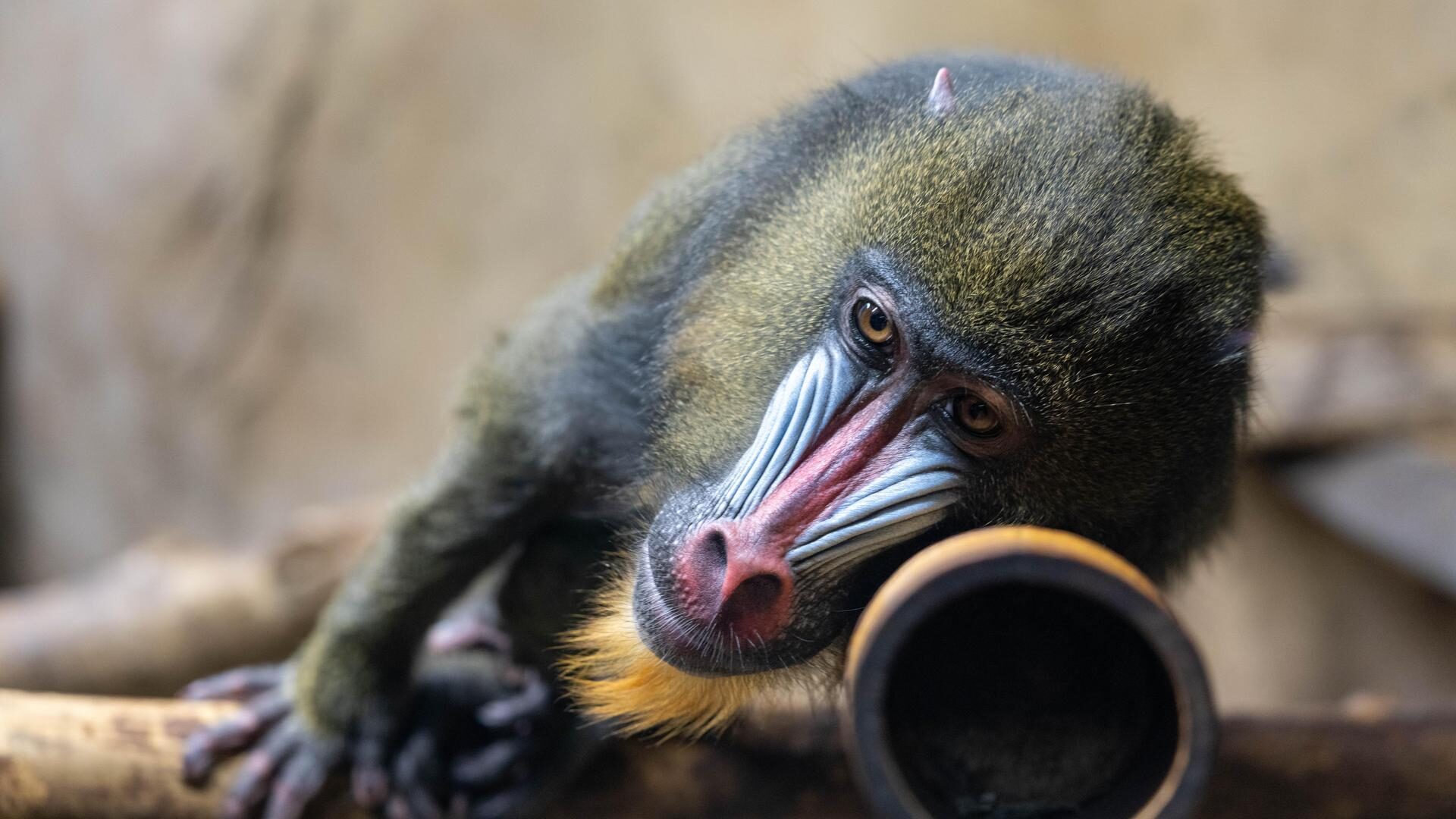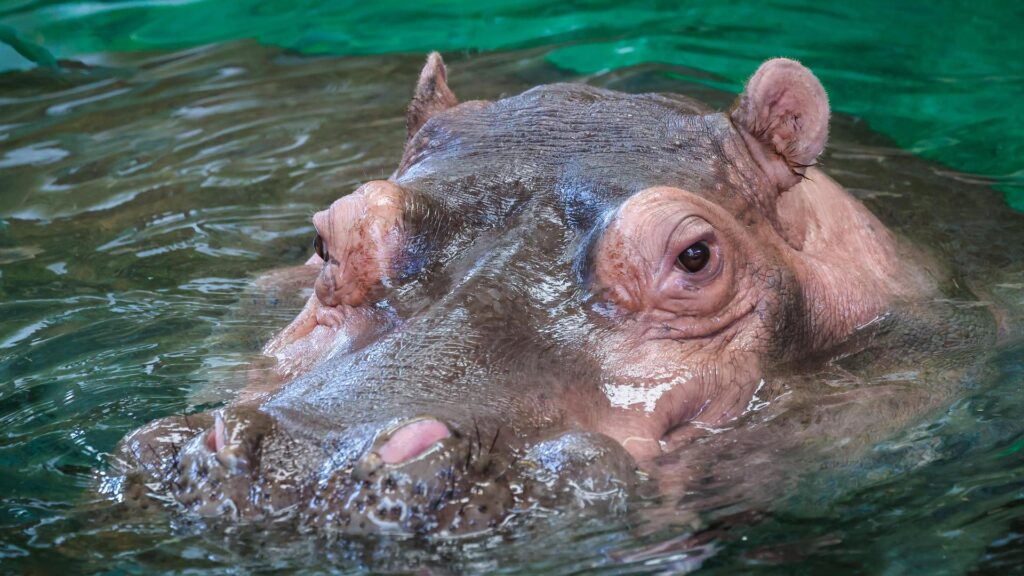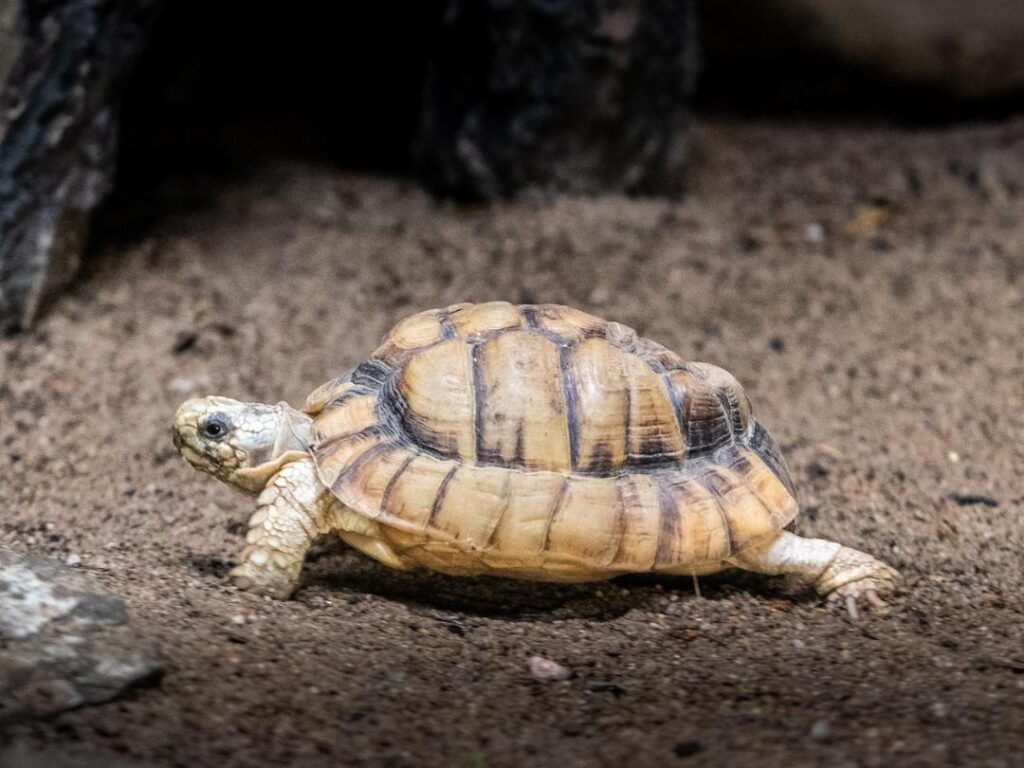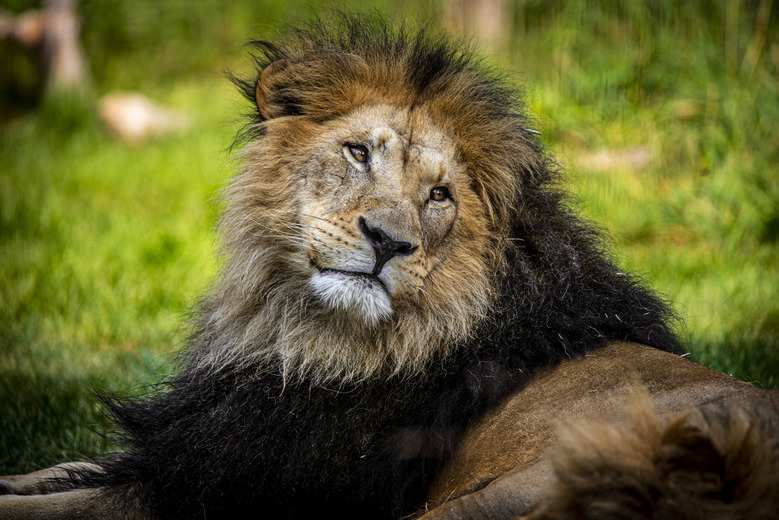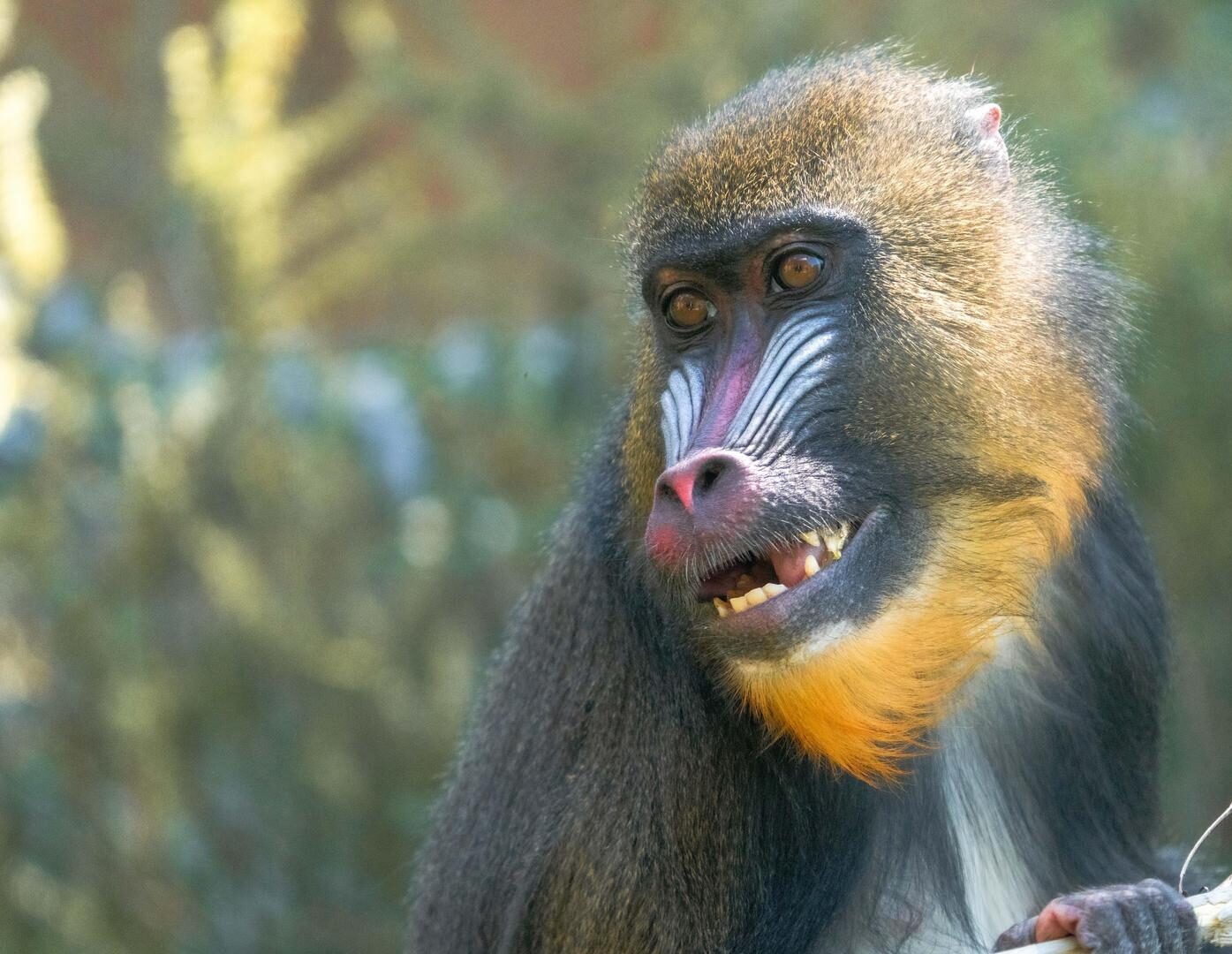
Mandrills
The largest of all monkey species
Mandrills are known for their bright colouring, with blue, red, and purple skin on their faces and rears. A male’s brightness reflects his dominance, as it’s influenced by testosterone levels. But these bold colours serve more than just attracting a mate – it also helps mandrills to follow one another when moving through dense vegetation in their forest homes.
- IUCN Red List Status: Vulnerable (at high risk of extinction in the wild)
- Type: Mammal
- Habitat: Rainforests in central Africa
- Diet: Omnivore – fruits, insects, and reptiles
- Size: 0.9 metres
- Weight: 34 kilograms
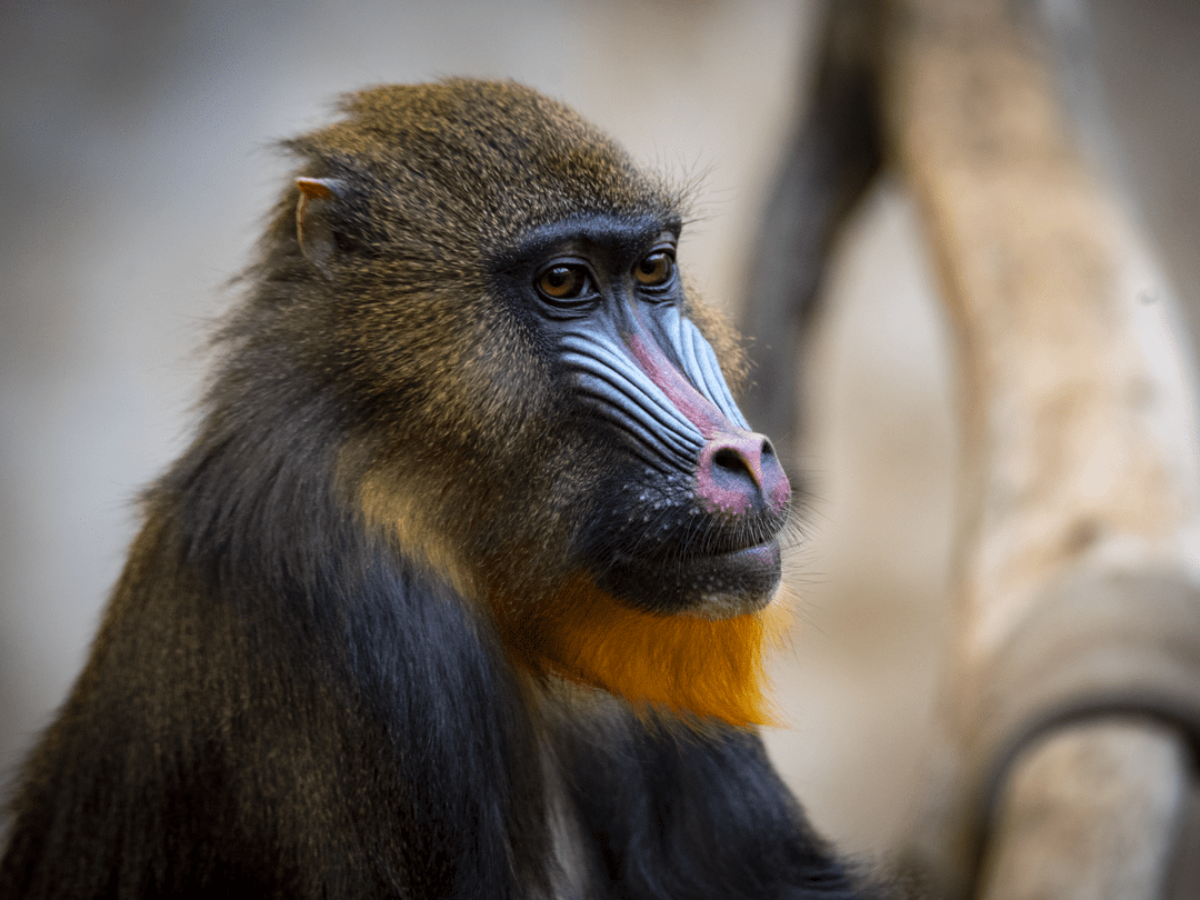
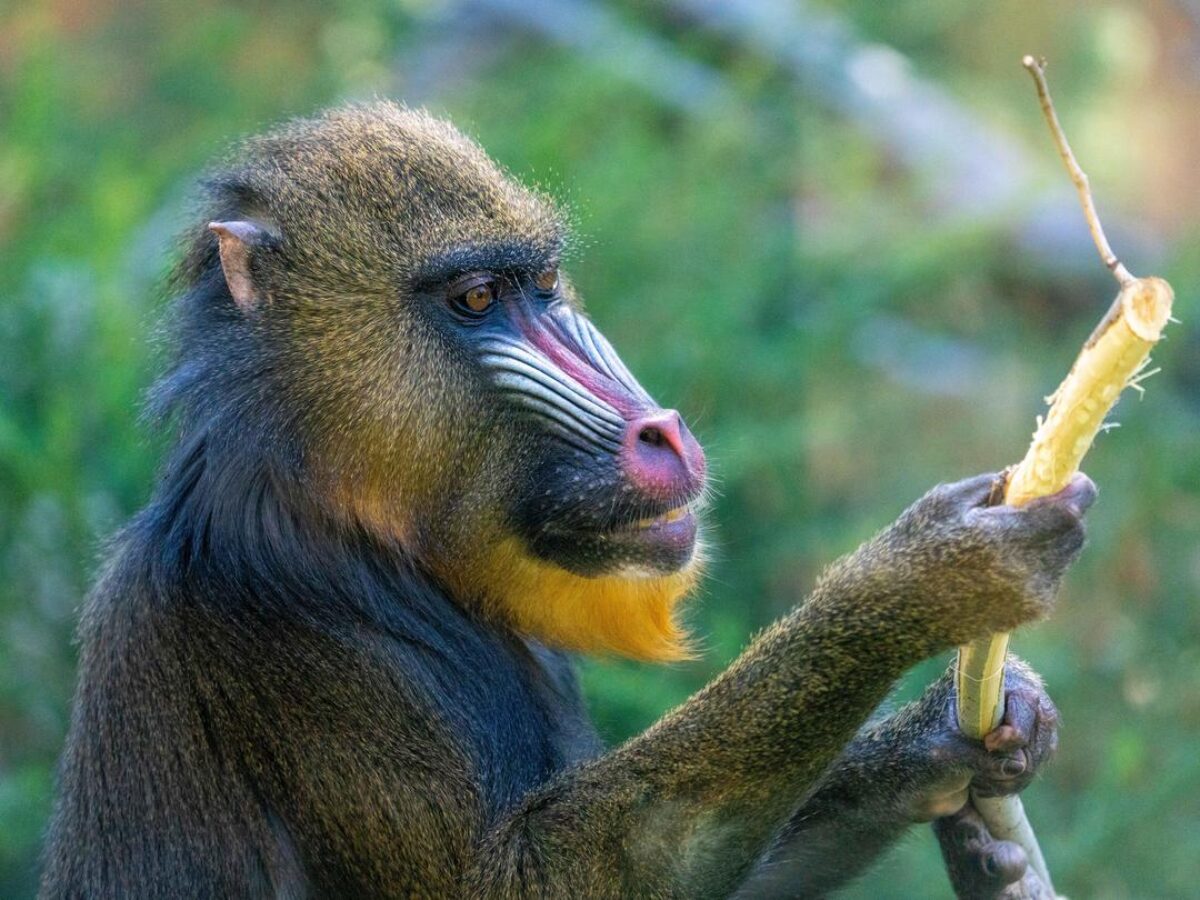
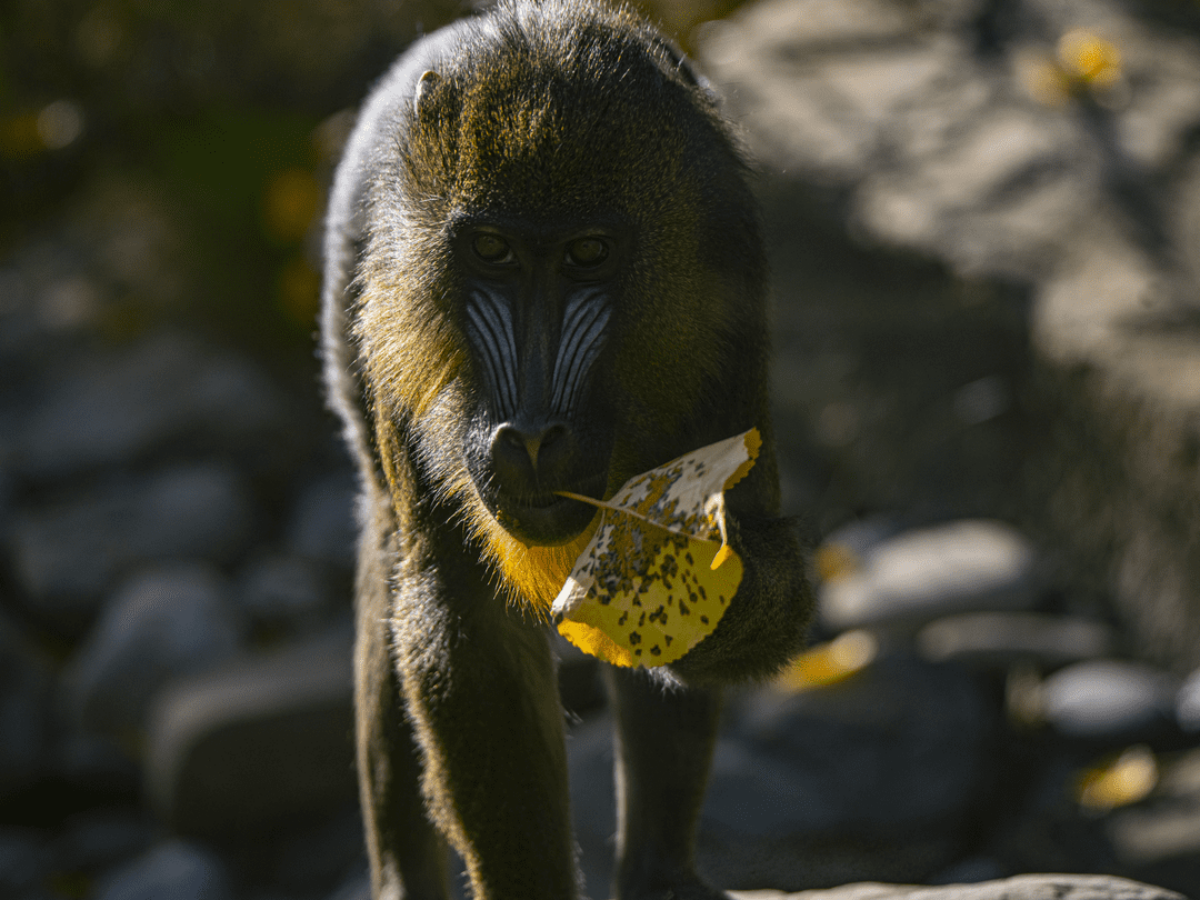
facts about our animals
Fun Facts about Mandrills
Mandrills have cheek pouches that they use to store food.
Male typically forage on the ground, while females and young mandrills prefer to search for food in the trees.
This species communicates using a range of vocalizations, including grunts and high-pitched screams.
Male mandrills reach maturity around the age of nine.
At night, they sleep in trees to stay safe.
Scent glands on their chests are used to mark territory.
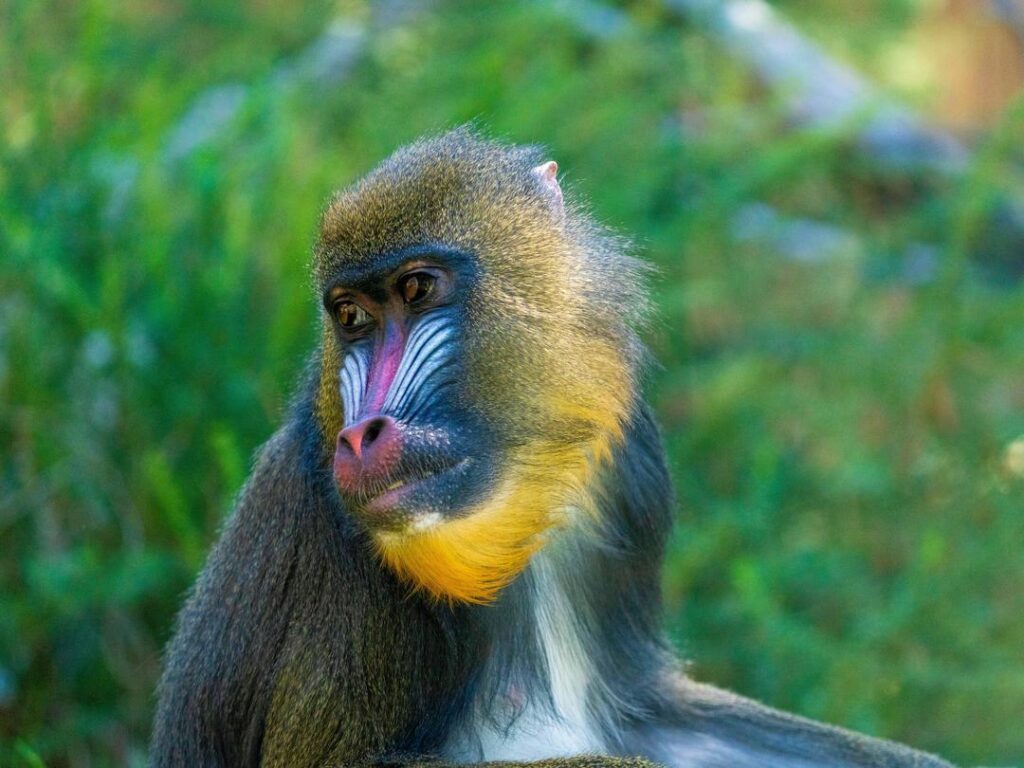
Donate
How you can help
Your donation makes a world of difference. With support for animal care, conservation programs, and education, you’re making the world wilder.
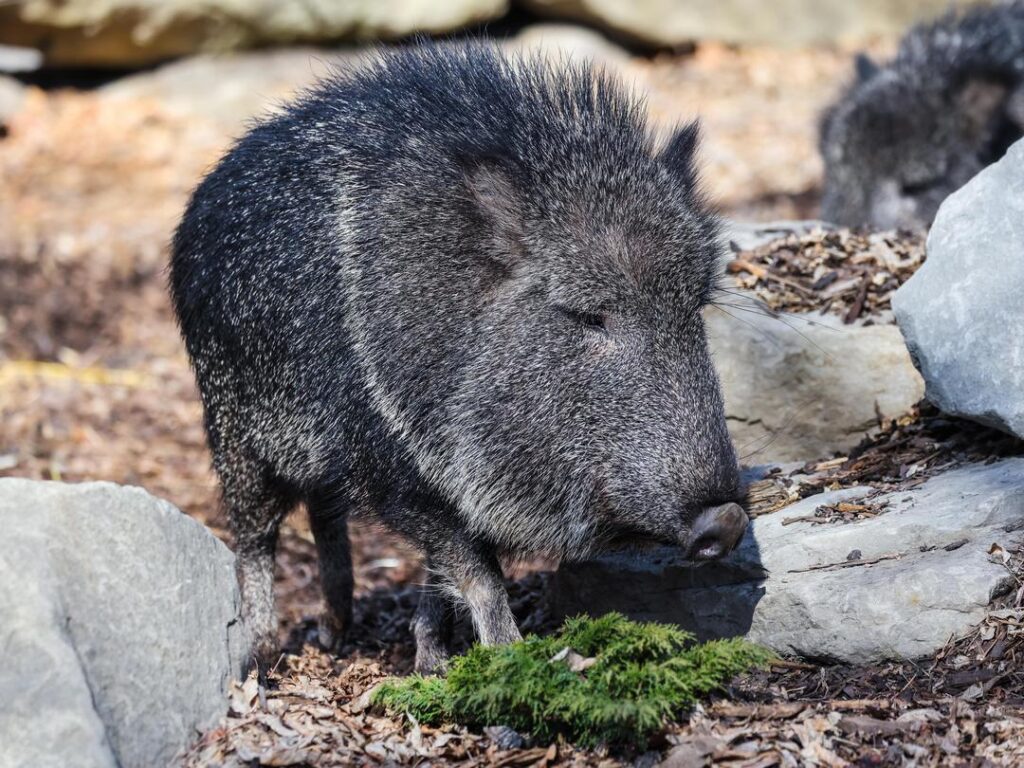
Plan your visit
Get close to wildlife
It’s time to make some memories. Here’s everything you need to know to plan an unforgettable day at the zoo.

